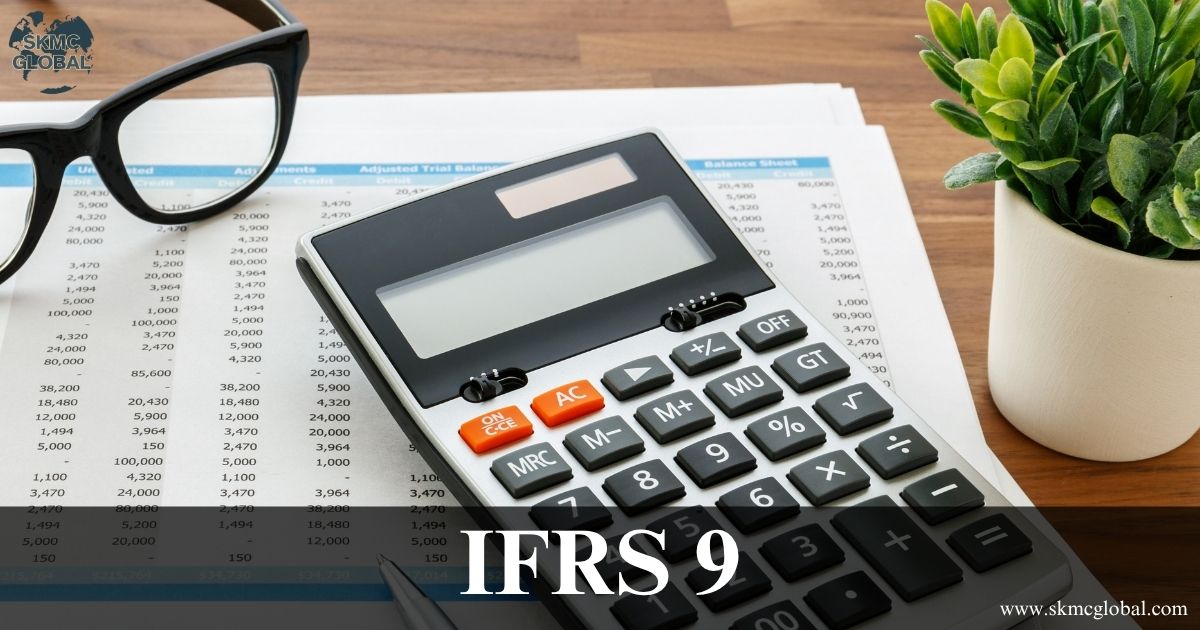
When the International Accounting Standards Board (IASB) released IFRS 9—Financial Instruments—it completely changed the accounting landscape. Perhaps the most significant and challenging element of IFRS 9 is financial asset impairment, which substituted IAS 39's long-standing "incurred loss" method with a more prospective Expected Credit Loss (ECL) model. Here, we analyze the key components of the IFRS 9 impairment model in order to enable finance professionals and business companies to understand its framework, usage, and significance better.
What Is IFRS 9 Impairment?
IFRS 9 Impairment is the measurement and recognition of credit losses that occur on financial assets. Unlike the prior standard, which employed the incidence approach in recognizing impairment losses only when a credit event occurs, IFRS 9 mandates provisioning with expected credit losses—proactive and forward-looking. The change was partly because of the 2008 global financial crisis and aimed at providing greater transparency and timeliness in recognizing credit risks.
Scope of IFRS 9 Impairment
Impairment model under IFRS 9 is applied to:
- Financial assets (such as trade receivables and loans) held at amortised cost
- Fair-valued financial assets held through other comprehensive income (FVOCI)
- Loan commitments and financial guarantee contracts which are measured at other than fair value
- Lease receivables and contract assets under IFRS 15
The Expected Credit Loss (ECL) Model
At the core of IFRS 9 impairment is the Expected Credit Loss model. It will acknowledge future credit losses along financial asset lives, rather than looking forward to defaults occurring. The three-stage model will be valued as follows:
Stage 1: 12-Month ECL
When the financial asset is initially recognized, it's assumed there's no significant credit risk increase. 12-month expected credit losses are realized in this case. Losses from default events that are anticipated to happen within a year are referred to here.
Stage 2: Lifetime ECL (Significant Increase in Credit Risk)
The asset enters Stage 2 if the material increase in credit risk (SICR) occurs at initial recognition. Entities are now required to recognize lifetime ECL, or expected losses over the asset's remaining life. The full carrying amount is still being used to calculate the revenue from interest.
Stage 3: Credit-Impaired Assets
When the asset is credit-impaired (i.e., in default), it moves to Stage 3. Lifetime ECL is still to be accounted for, but interest revenue is determined using net carrying amount (i.e., gross value minus ECL).
Identification of Significant Increase in Credit Risk (SICR)
Identification of SICR is one of the more judgmental parts of IFRS 9. Entities are required to take into account quantitative as well as qualitative factors such as:
- Default history data
- Macro-economic conditions
- Internal risk assessment procedures
There is a general presumption exists that payments which are overdue for 30 or more days increase chances for a significant deterioration of credit risk.
Measuring Expected Credit Losses
The ECLs is a credit loss probability-weighted estimate, at the original effective interest rate of the asset. Measurement comprises:
1. Probability of Default (PD): Probability of default by the borrower.
2. Loss Given Default (LGD): Loss expected in default.
3. Exposure at Default (EAD): Amount outstanding at default.
Simplified Approach for Trade Receivables
IFRS 9 provides an easy solution for trade receivables, lease receivables, and contract assets. In this case, entities are not required to take SICR into consideration but always take lifetime ECL into consideration. Most firms use provision matrices based on history with forward-looking adjustment to determine ECLs on such assets.
Disclosures Under IFRS 9
Transparency is one of the central goals of IFRS 9 and, as such, entities are to make complete disclosure in their financial reports, including:
- Reconciliation of loss allowance between opening and closing balances
- Assumptions used when calculating ECL
- Changes during estimation methods or inputs
- Breakdown in credit risk stage
Such disclosures enable users to be informed of the nature and quality of the credit risk and how it is being accounted for.
Effect on Businesses
The adoption of IFRS 9 has had the following real-world effects:
- Increased provisions: Particularly on long-term loans, now for losses immediately.
- Sophisticated models: Sophisticated credit risk modeling by means of data analytics, macroeconomic projections, and probability assessments.
- Additional disclosures: Which necessitates proper documentation and audit trails.
Organizations must ensure that their internal processes, policies, and controls are capable of dealing with the requirements of IFRS 9.
Conclusion
IFRS 9 impairment is a significant change in the way financial institutions and corporates need to measure credit risk. In moving from an incurred loss model to an expected loss model, it captures financial risk timelier and better. Although more judgment, data, and disclosure is required under the standard, overall financial reporting transparency and strength are improved.
Adoption and implementation of IFRS 9 impairment are significant, not merely to be in line with the requirements but also to support good decision-making and risk management in the current volatile financial environment.
Recent Posts
-
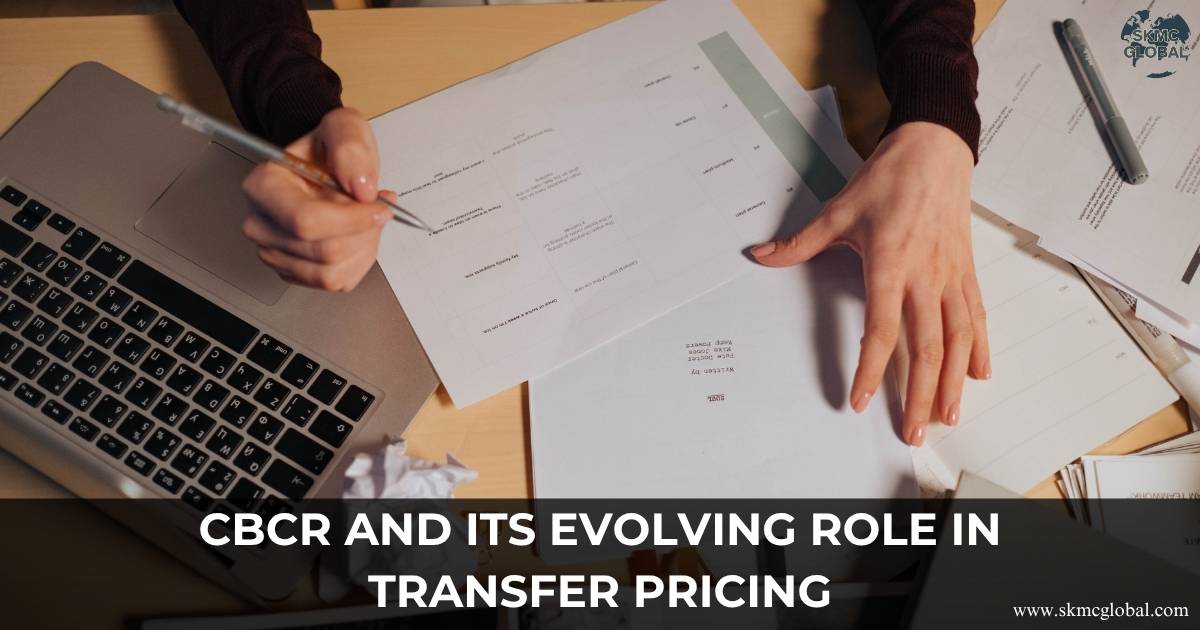 Country-by-Country Reporting (CbCR) and Its Evolvi...
Oct 09,2025
Country-by-Country Reporting (CbCR) and Its Evolvi...
Oct 09,2025
-
 What is Free Trade Agreement and Certificate of Or...
Oct 08,2025
What is Free Trade Agreement and Certificate of Or...
Oct 08,2025
-
 What is the relevance of status holders certificat...
Oct 06,2025
What is the relevance of status holders certificat...
Oct 06,2025
-
 Redemption of Advance Authorization under Foreign ...
Oct 04,2025
Redemption of Advance Authorization under Foreign ...
Oct 04,2025
-
 What is provisional assessment of Bill of Entries ...
Sep 29,2025
What is provisional assessment of Bill of Entries ...
Sep 29,2025
-
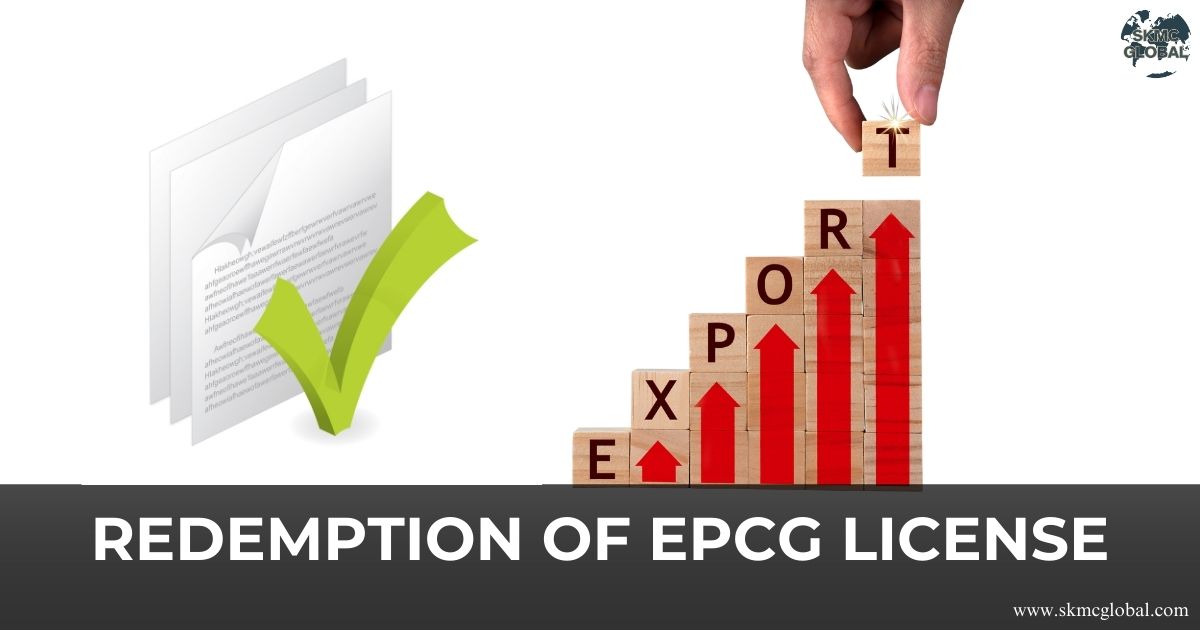 Redemption of EPCG License...
Sep 26,2025
Redemption of EPCG License...
Sep 26,2025
-
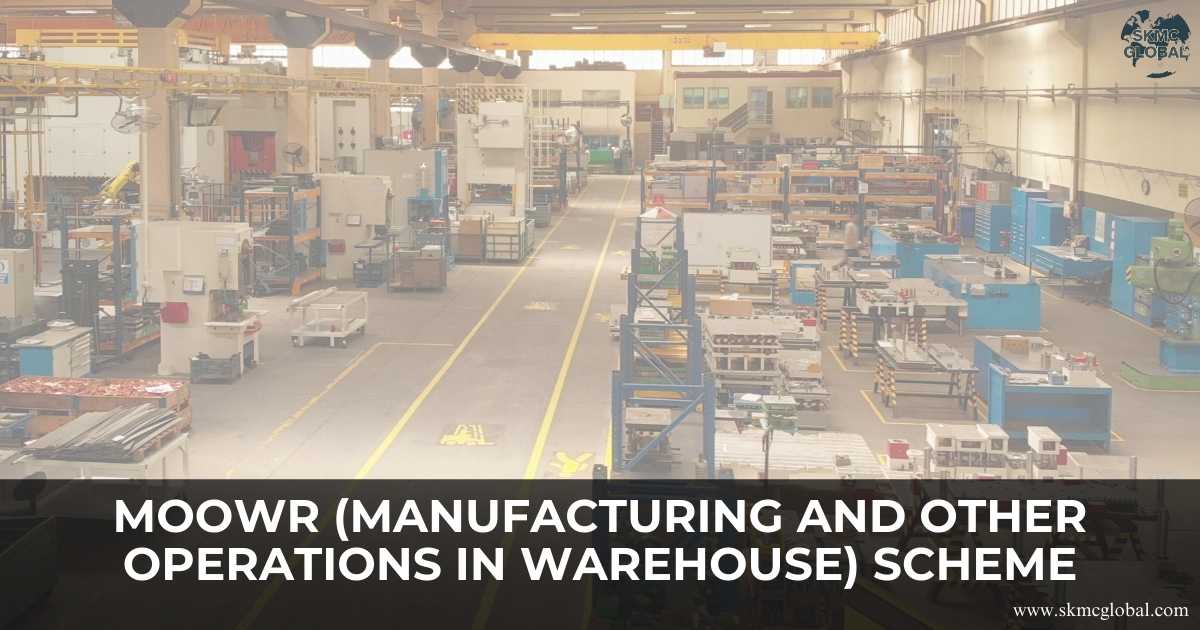 MOOWR (Manufacturing and Other Operations in Wareh...
Sep 24,2025
MOOWR (Manufacturing and Other Operations in Wareh...
Sep 24,2025
-
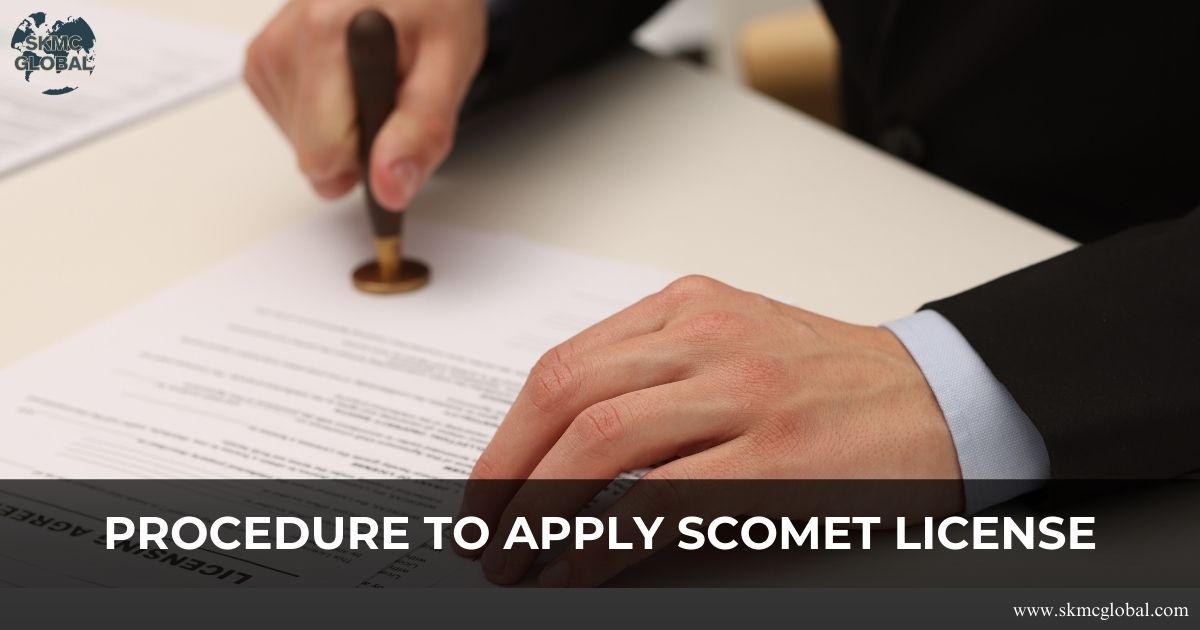 Procedure to Apply SCOMET License...
Sep 22,2025
Procedure to Apply SCOMET License...
Sep 22,2025
-
 Landscape of Semiconductor Industry while Doing Bu...
Sep 18,2025
Landscape of Semiconductor Industry while Doing Bu...
Sep 18,2025
-
 The Hidden Costs of In-House Accounting v/s Outsou...
Sep 17,2025
The Hidden Costs of In-House Accounting v/s Outsou...
Sep 17,2025
-
 TDS on sale of immovable property by an nri...
Sep 10,2025
TDS on sale of immovable property by an nri...
Sep 10,2025
-
 Setting up a Project Office in India...
Sep 08,2025
Setting up a Project Office in India...
Sep 08,2025
-
 Tax Implication for Transferring NRO Funds to NRE ...
Sep 05,2025
Tax Implication for Transferring NRO Funds to NRE ...
Sep 05,2025
-
 How outsourcing CFO services helps the corporates ...
Aug 27,2025
How outsourcing CFO services helps the corporates ...
Aug 27,2025
-
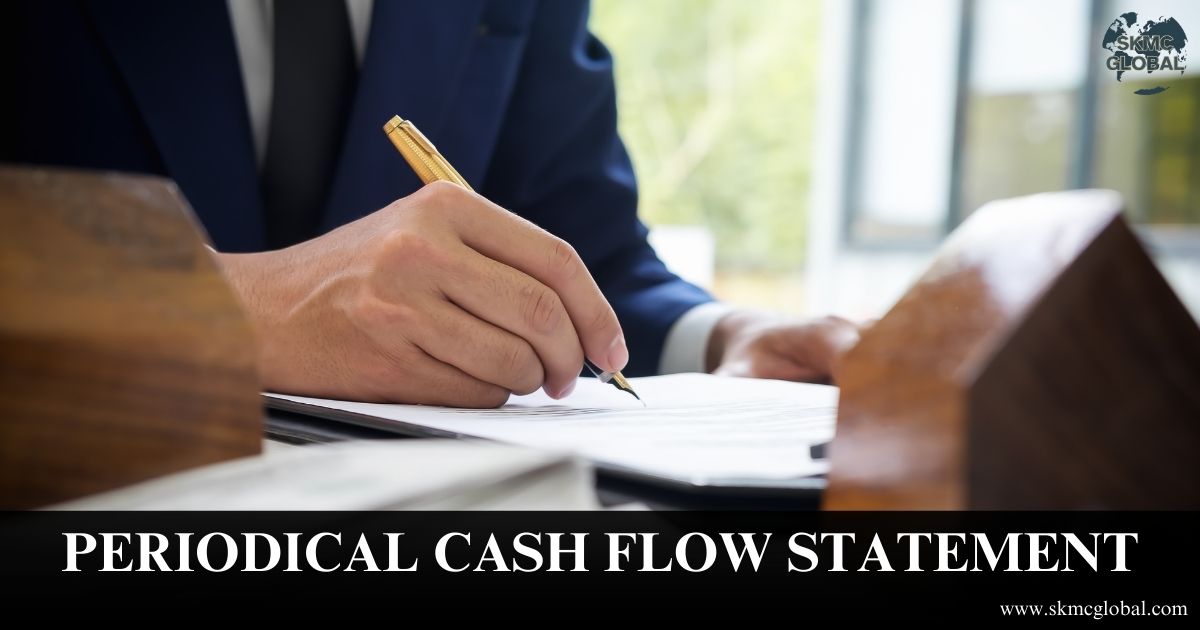 Why a Periodical Cash Flow Statement is Necessary ...
Aug 26,2025
Why a Periodical Cash Flow Statement is Necessary ...
Aug 26,2025
-
 What is FATCA and CRS reporting and its difference...
Aug 22,2025
What is FATCA and CRS reporting and its difference...
Aug 22,2025
-
 What are unclaimed TDS Credits and how to claim it...
Aug 21,2025
What are unclaimed TDS Credits and how to claim it...
Aug 21,2025
-
 Digital Taxation is reshaping Tax Nexus Between Ju...
Aug 20,2025
Digital Taxation is reshaping Tax Nexus Between Ju...
Aug 20,2025
-
 Procedure to Take PF Registration and Its Complian...
Aug 18,2025
Procedure to Take PF Registration and Its Complian...
Aug 18,2025
-
 Procedure to take PSARA License...
Aug 11,2025
Procedure to take PSARA License...
Aug 11,2025
-
 Mandatory factory license while setting up manufac...
Aug 08,2025
Mandatory factory license while setting up manufac...
Aug 08,2025
-
 Procedure for obtaining NBFC Registration in India...
Aug 04,2025
Procedure for obtaining NBFC Registration in India...
Aug 04,2025
-
 FSSAI License registration for Food Business...
Jul 14,2025
FSSAI License registration for Food Business...
Jul 14,2025
-
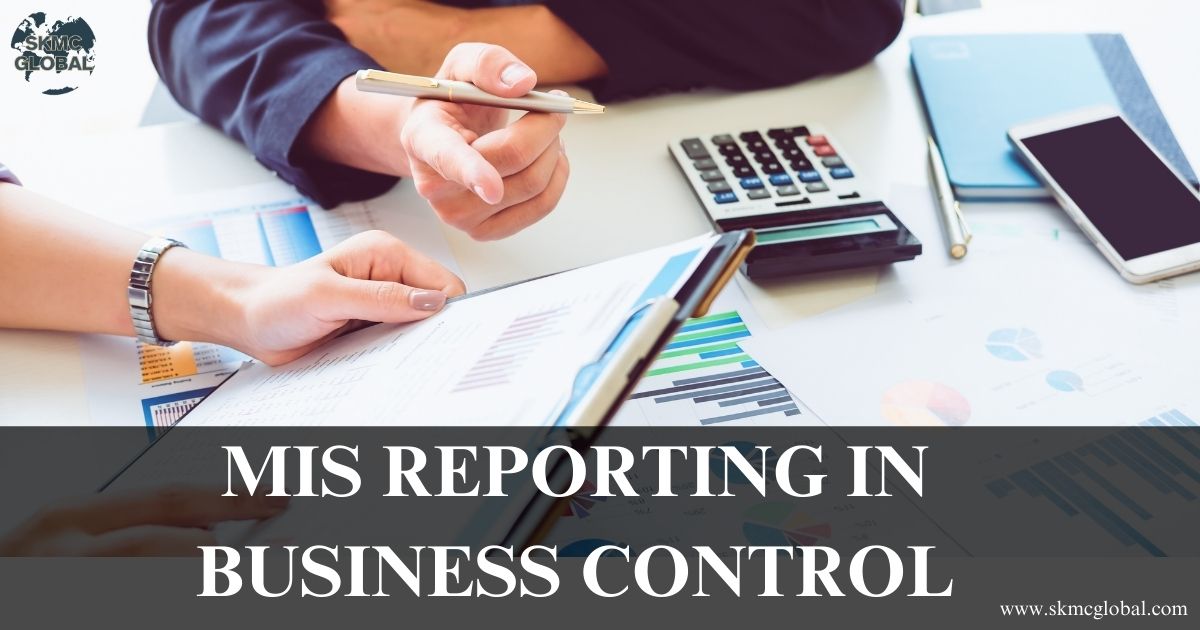 How Management Information System (MIS) reporting ...
Jul 11,2025
How Management Information System (MIS) reporting ...
Jul 11,2025
-
 IFRS 9 impairment- A complete guide...
Jul 12,2025
IFRS 9 impairment- A complete guide...
Jul 12,2025
-
 Why most of the companies are shifting to hr and p...
Jul 10,2025
Why most of the companies are shifting to hr and p...
Jul 10,2025
-
 A complete guide on valuation of shares...
Jul 10,2025
A complete guide on valuation of shares...
Jul 10,2025
-
 BIS registration for foreign manufacturer...
Jul 09,2025
BIS registration for foreign manufacturer...
Jul 09,2025
-
 Understanding the Scope of the Shops and Establish...
Jul 08,2025
Understanding the Scope of the Shops and Establish...
Jul 08,2025
-
 Coso framework: Complete guide on internal control...
Jun 26,2025
Coso framework: Complete guide on internal control...
Jun 26,2025
-
 Components and Process for Conducting Internal Aud...
Jun 25,2025
Components and Process for Conducting Internal Aud...
Jun 25,2025
-
 What is ICFR and Why It is Important for Businesse...
Jun 24,2025
What is ICFR and Why It is Important for Businesse...
Jun 24,2025
-
 Understanding WPC Certification and its applicabil...
Jun 23,2025
Understanding WPC Certification and its applicabil...
Jun 23,2025
-
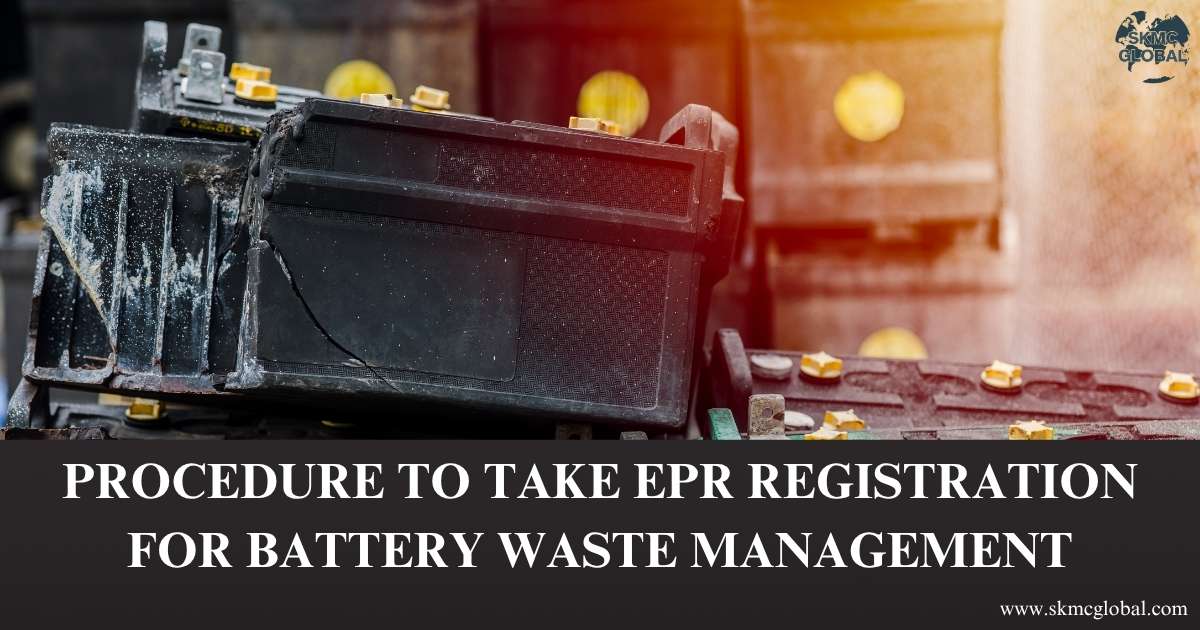 Procedure to take EPR registration for battery was...
Jun 21,2025
Procedure to take EPR registration for battery was...
Jun 21,2025
-
 3PL Logistics...
Jun 19,2025
3PL Logistics...
Jun 19,2025
-
 What is E-Waste and role of EPR in Waste Managemen...
Jun 17,2025
What is E-Waste and role of EPR in Waste Managemen...
Jun 17,2025
-
 M&A Due Diligence in India: How to Spot Target Com...
Jun 16,2025
M&A Due Diligence in India: How to Spot Target Com...
Jun 16,2025
-
 BIS crs certification for electronic products...
Jun 12,2025
BIS crs certification for electronic products...
Jun 12,2025
-
 All you need to know about WPC ETA certification f...
Jun 11,2025
All you need to know about WPC ETA certification f...
Jun 11,2025
-
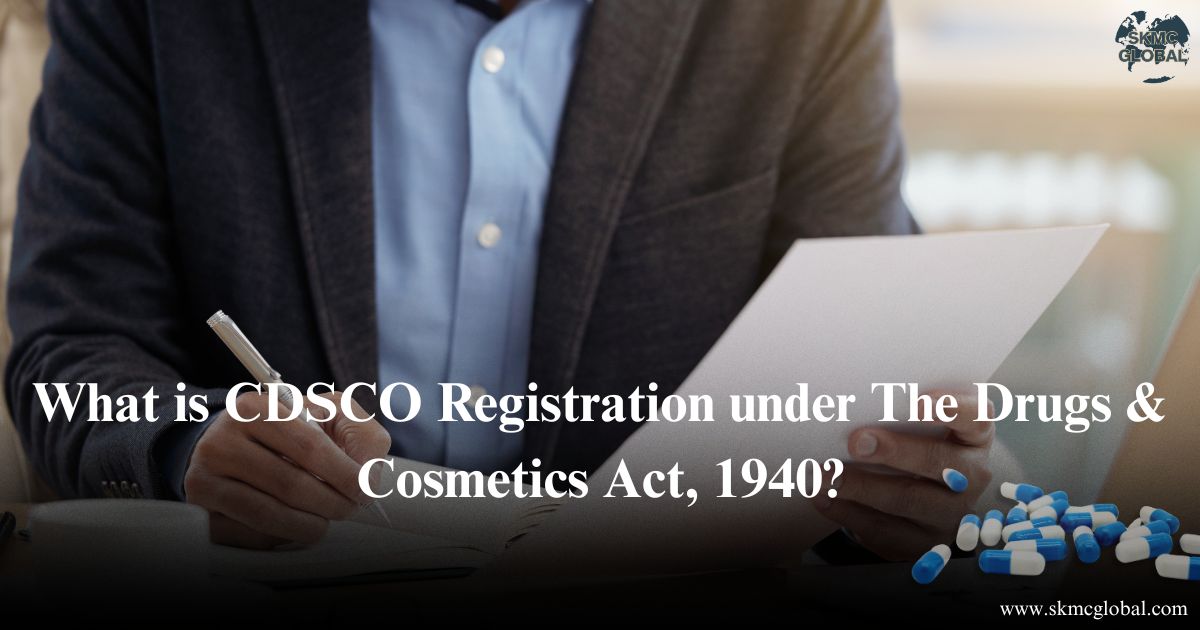 What is CDSCO Registration under The Drugs & Cosme...
Jun 10,2025
What is CDSCO Registration under The Drugs & Cosme...
Jun 10,2025
-
 Procedure to Take CDSCO Registration in India: A C...
Jun 09,2025
Procedure to Take CDSCO Registration in India: A C...
Jun 09,2025
-
 All You Need to Know About AERB Registration...
Jun 07,2025
All You Need to Know About AERB Registration...
Jun 07,2025
-
 Understanding POSH (Prevention of Sexual Harassmen...
Jun 03,2025
Understanding POSH (Prevention of Sexual Harassmen...
Jun 03,2025
-
 Chartered Accountant's role in financial managemen...
May 23,2025
Chartered Accountant's role in financial managemen...
May 23,2025
-
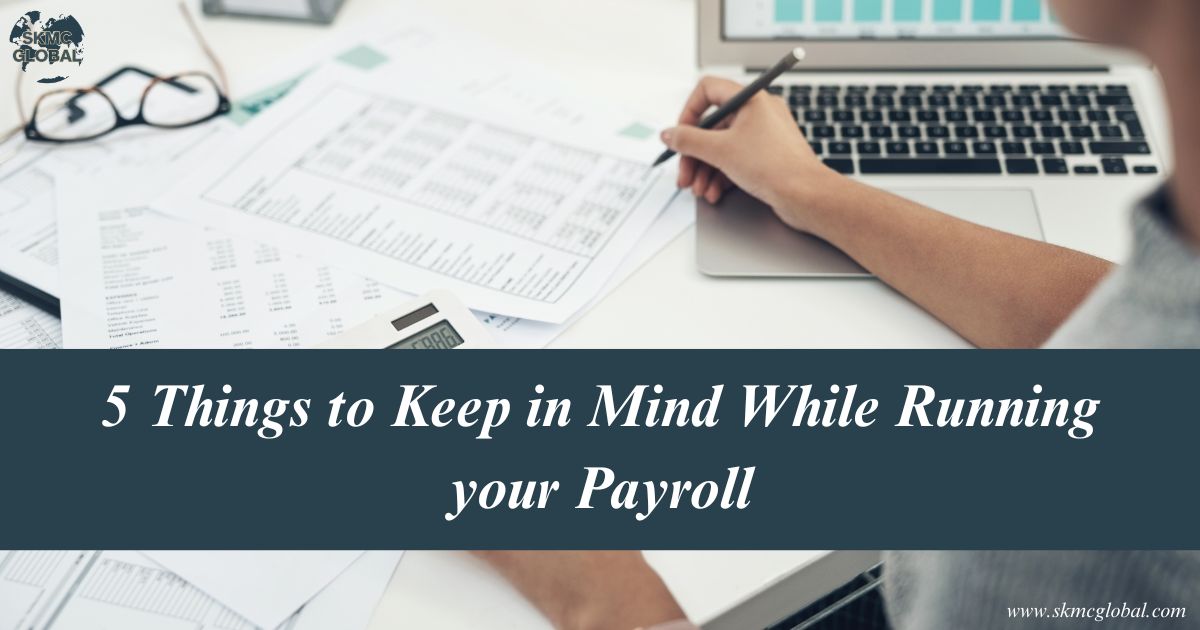 5 Things to keep in mind while running your payrol...
May 17,2025
5 Things to keep in mind while running your payrol...
May 17,2025
-
 Why BIS Certification is Crucial for Importers and...
May 15,2025
Why BIS Certification is Crucial for Importers and...
May 15,2025
-
 Top 7 Reasons Indian Entrepreneurs Are Switching t...
May 07,2025
Top 7 Reasons Indian Entrepreneurs Are Switching t...
May 07,2025
-
 Incorporation of Company in Japan...
Apr 24,2025
Incorporation of Company in Japan...
Apr 24,2025
-
 How to set up a Representative Office in Singapore...
Apr 14,2025
How to set up a Representative Office in Singapore...
Apr 14,2025
-
 BIS certificate for medical equipments...
Apr 09,2025
BIS certificate for medical equipments...
Apr 09,2025
-
 Fixed Asset Register v/s Depreciation Schedule: A ...
Apr 02,2025
Fixed Asset Register v/s Depreciation Schedule: A ...
Apr 02,2025
-
 Role of AI in Accounting...
Mar 26,2025
Role of AI in Accounting...
Mar 26,2025
-
 Capital Structure & its Impact on Profitability...
Feb 21,2025
Capital Structure & its Impact on Profitability...
Feb 21,2025
-
 Union Budget 2025...
Feb 01,2025
Union Budget 2025...
Feb 01,2025
-
 What is EPR in Plastic waste Management? ...
Jul 12,2022
What is EPR in Plastic waste Management? ...
Jul 12,2022
-
 Lithium-ion Battery Recycling Plant Setup in India...
May 10,2022
Lithium-ion Battery Recycling Plant Setup in India...
May 10,2022
-
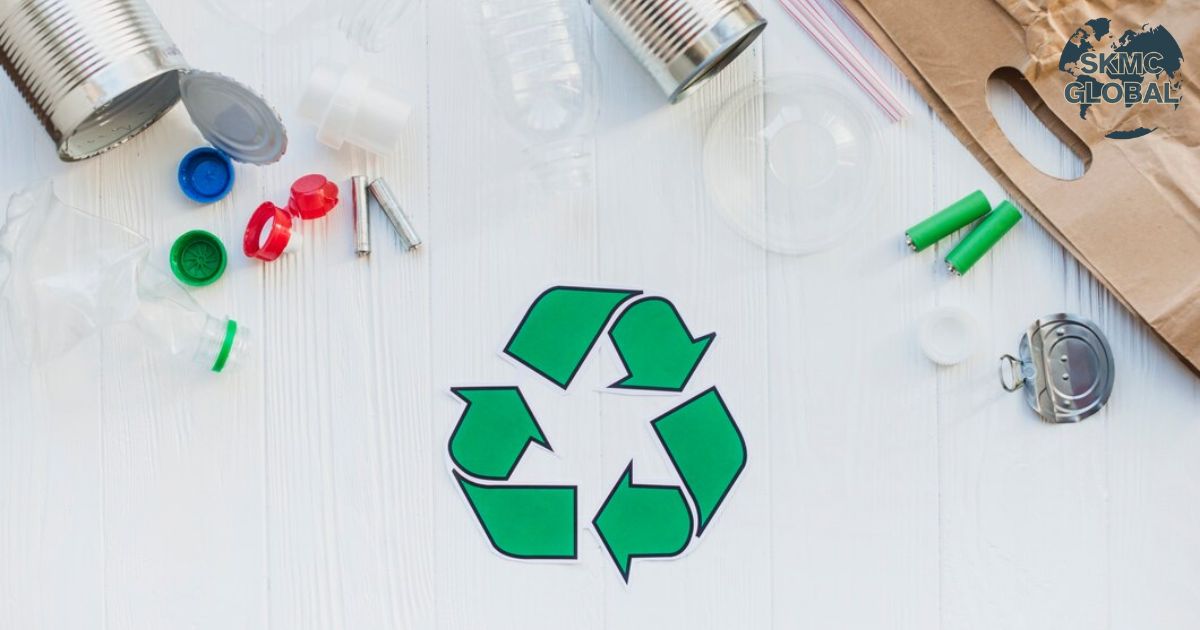 Setting up E-waste Recycling Plant Setup...
Jan 12,2022
Setting up E-waste Recycling Plant Setup...
Jan 12,2022
-
 Applicability of Labour Laws in India...
Jul 15,2021
Applicability of Labour Laws in India...
Jul 15,2021
-
 Basis to Outsource Finance and Accounting Services...
Oct 31,2021
Basis to Outsource Finance and Accounting Services...
Oct 31,2021
